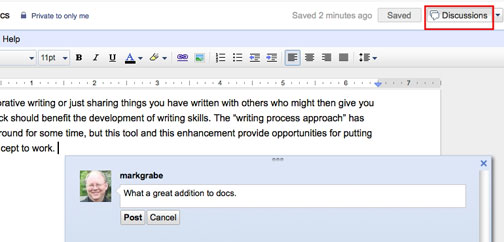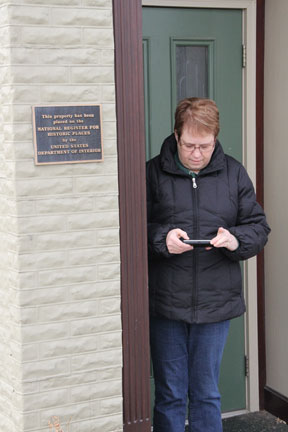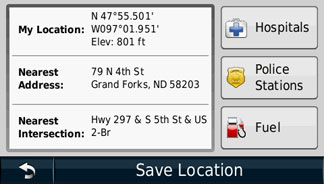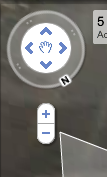As promised, my NY Times app stopped providing access to articles I might find interesting. I supposedly have access to 20 articles a month, but this does not work through the iPad app which is the way I would prefer to organize my reading. Time to delete the app. I will likely identify some number of articles I want to read through other means and 20 will be plenty, but so much for a general scan of the Times. See this LifeHacker analysis if you want more access. I did receive a “take 25% off” offer today, but this is not what I am looking for.
I have been thinking about “business models”. The situation with the NY Times got me started. Then, it looked like Audible had canceled out 10 unpurchased books because I had not selected books by the end of the year (this turned out not to be the case although my iPad Audible app will not let me purchase books even though I have credits via a browser). The point is not that I am unwilling to spend money on online services (we did our taxes last night, between Lynda, MobileMe, and pro versions of half a dozen services I spend between $500 and $600 dollars a year on online access). The frustration is that the business model is often not suited to my personal interests. I do not want to spend $180 for full access to the Times. I want to spend $50 to read the content that interests me. I do not want to purchase 10 Audible books a year. I probably purchase 30+ books a year, but Audible is not focused on what I would describe as “professional content” and often books they have that interest me I want to read carefully and annotate so I buy for the Kindle App or purchase the paper version from Amazon. So, there is this mismatch between the models that are available which likely are great for some people and the model that would appeal to my specific interests. I want to use multiple services and multiple formats. The providers seem to want you to focus exclusively on what they offer.
Do not get me wrong – free is not the answer. I am in complete disagreement with those who propose that information wants to be free. However, I do think we need more flexible plans for purchasing access to content.
9 total views






You must be logged in to post a comment.